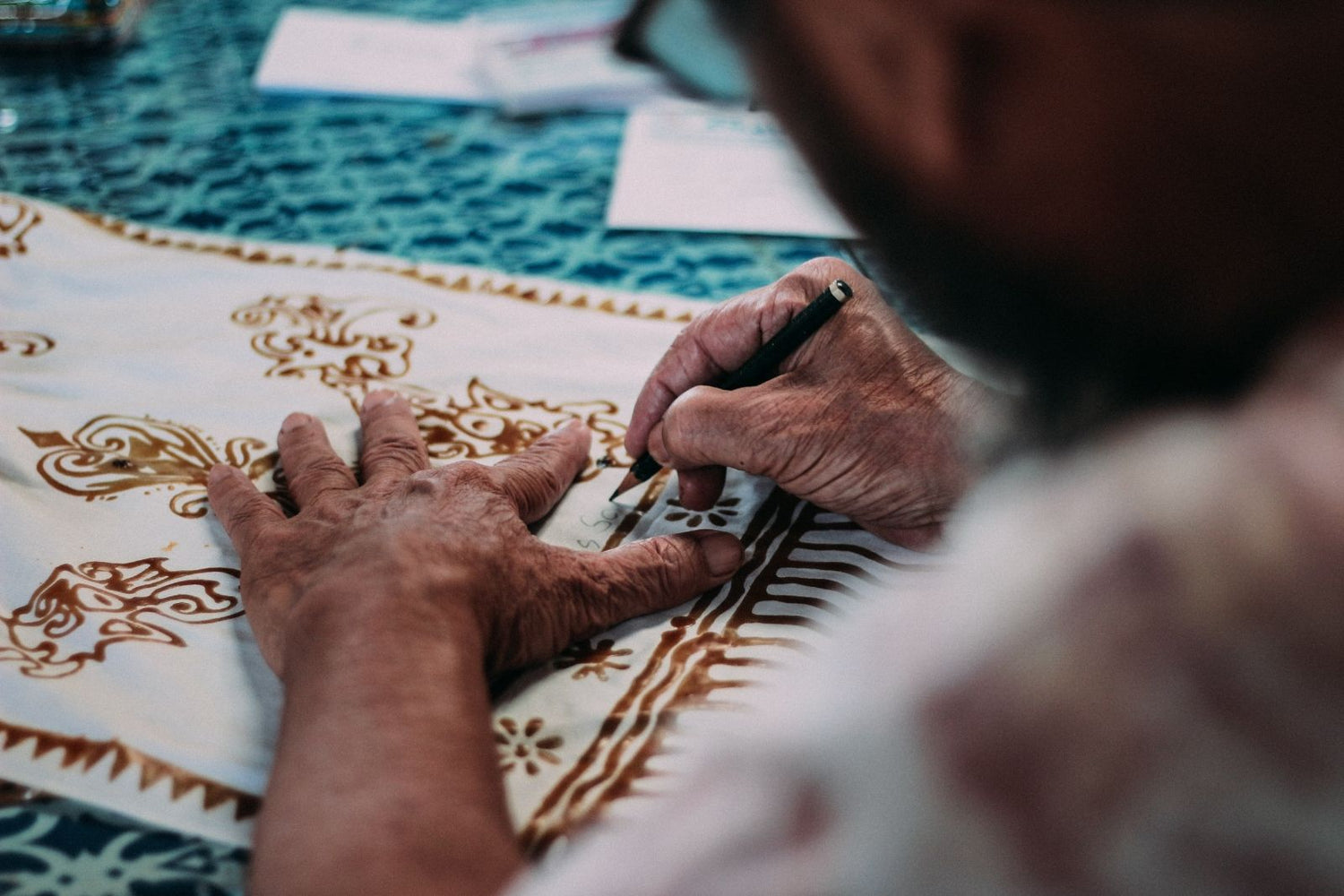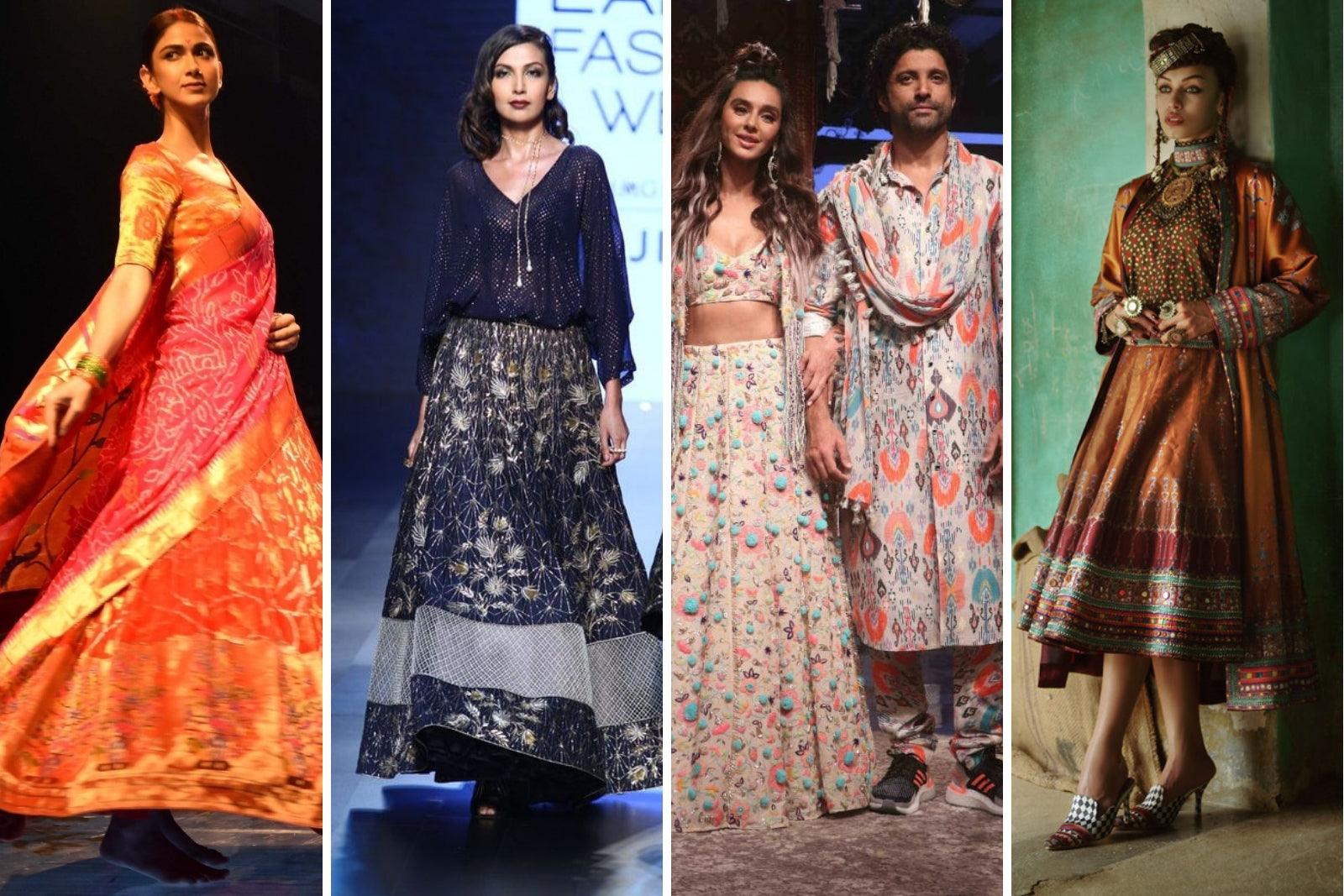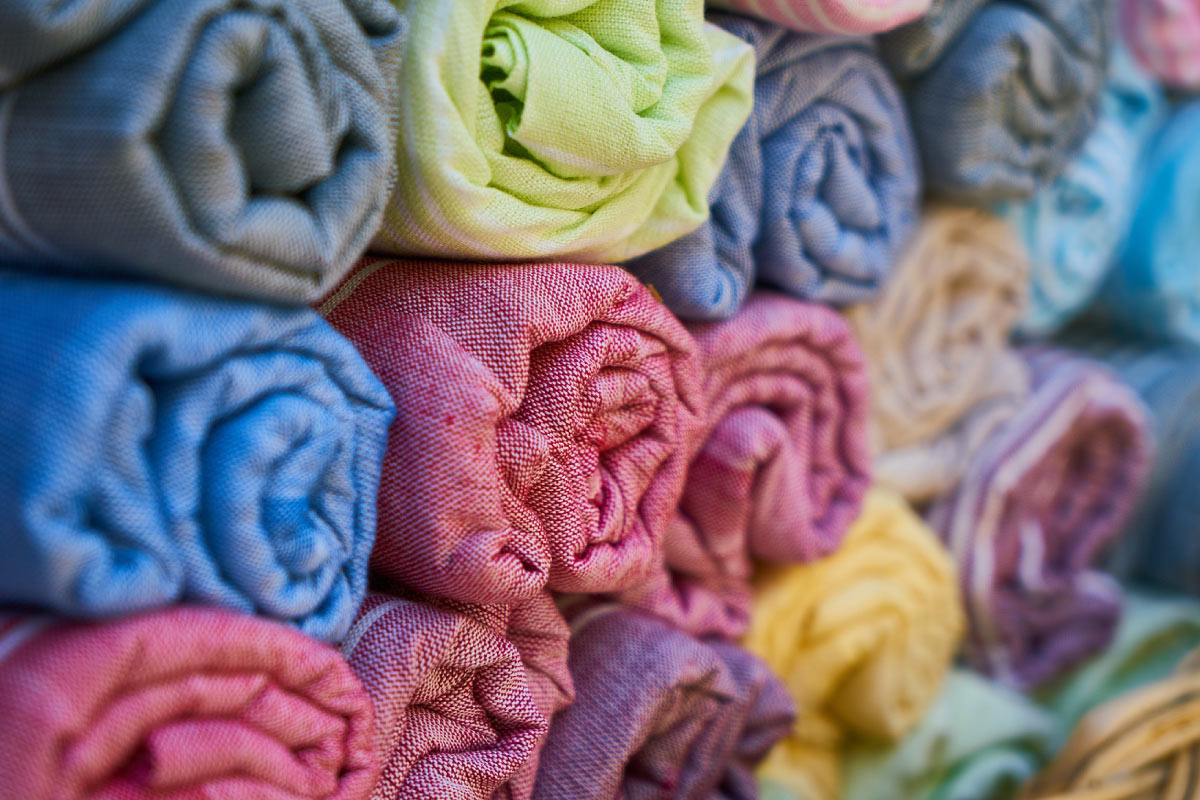Handmade sarees, fabrics, and textiles are exquisite and have a vintage, indie aesthetic. They are usually created painstakingly by hand and are safeguarded as a skill that is passed down from generations to generations. In a time where everything is fast-paced and instant, handmade textiles are a recluse and show us that good thing comes to those who wait!
However, Artisanal textiles are usually not preferred by the mainstream market mainly due to their whooping cost, but we never take into account all the labor and effort that goes into making these artisanal textiles.
Let us deconstruct and justify why these textiles are expensive but worth it. Read on to find out more:
1. Time:
On an average, machine-made fabric or a power loom saree takes about 2-4 hours to manufacture. A power loom takes only 2 hours to manufacture a silk saree, but an artisan from Kancheepuram can take anywhere from 20 days to 2 months to weave a single saree! Handmade fabrics take time to make due to the precision and focus required. One wrong stitch and the whole design could get ruined!Fabrics like Lucknowi Chikan embroidery take up to 10 days to complete, and the Kashmiri pashmina shawls are handwoven by artisans, which takes numerous days to complete one shawl. That is close to 80-100 hours of labor!
2. Labor:
Most handmade fabrics are made by small scale artisans who hail mostly from small villages and towns where their art is indigenous. These craftspeople pass down the process for their art through generations and follow traditional methods of production. So, the next time you buy a piece of handmade fabric, remember that you’re holding a piece of art in your hands!
The Ikat Patola and Pochampally Ikat, only differ in their names and geography but are essentially the same woven fabric. The untold secret lies in this weaving process, which is unlike other woven fabrics. While most fabrics are screen printed or painted later, the Ikat threads are pre-dyed to match the designs drawn on the base weft or warp threads and then meticulously hand-woven to form the beautiful patterns. This is an extremely complicated process, where the artisan cannot miss a single line or mix up the color of the threads used to produce a perfect piece of fabric or saree.
3. Naturally sourced materials:
Most artisans prefer naturally sourced raw materials and dyes over the artificially produced chemical dyes and prints. These materials are not only good for the environment but even for your skin especially in summers or hotter climates.
The Gujrati Ajrakh fabric is famous for having rich vibrant colors. The word Ajrakh has multiple meanings but the most poetic version which is apt for this stunning craft is the Arabic translation: “Blue is like a moonless sky at midnight with lots of stars sparkling in the darkness.”
Ajrakh is dyed with a block printing method and showcases all of the striking colors which are dyed with naturally sourced varieties like indigo (blue), logwood (purple), madder (pink and rose), rhubarb (orange and yellow). Moreover, fabrics like Kalamkari are dipped in buffalo or goat milk, which gives it a distinct smell. This gives it a natural gloss and starchiness. Talk about natural materials!
4. Resources:
Since most of these artisans work out of remote locations, there is a lot of difficulties for them to have access to simple resources which we consider a basic necessity. Water, electricity, etc. are often rationed in rural areas and it is difficult for these artisans to access them.
One such example is Machilipatnam Kalamkari. The fabric gets its name from the ‘Kalam’ or the pen which is used to hand print the design onto the fabric. The intricate designs are painted and embellished with wax, which is then boiled and washed with water. Most artisans are facing major issues with regards to their access to water.
Like in the village of Pedana, where the Fabriclore Team had visited for a first-hand experience with the artisans and discovered their difficulty in obtaining water. The local craftspeople travel for 150kms to reach the river to wash the fabric. But the problem doesn’t end there, as the river water is too salty on account of merging with the river, which leads to color bleeding.
The artisans of Pedana are one example of many such artisans and craftspeople who struggle every day to keep their craft alive and thriving.
5. Transport/ middlemen:
The cost of the fabrics also depends on things like transport, middlemen, etc. which is why these exotic textiles skyrocket in prices when they’re sold at exhibitions. Artisans need to consider the cost for transporting the products to and from these exhibitions and retailers, the cost for both fees and commissions for brokers and other middlemen who are involved in the process and this is only taking into account the final products.
Most times, the raw materials themselves are overpriced due to their scarcity or geographical distance (like the Machilipatnam Kalamkari) which adds on to the cost of the final merchandise.
6. Sustainability:
Currently, the textile industry has a huge impact on the environment and is said to be the 2nd highest pollutant of clean water bodies. ‘Fast fashion’ refers to the mass-produced clothes which are currently in trend or fashionable. Such kind of clothes is extremely harmful to the environment due to the unsustainable process of manufacturing like usage of toxic chemical dyes which are not properly disposed of, hence causing large amounts of water pollution.
This is easily evaded in the artisanal fabric industry, where the usage of natural dyes and naturally sourced Cotton, Wool and Muslin fabrics minimize the risk of environmental pollution.
These are just a few reasons why handmade textiles are priced a bit high. Some might say that considering all these factors and the amount of time, effort and skill it takes to manufacture them, these products are indeed under-priced!
These artisans literally put in their blood and sweat into their work and the result is a beautiful and unique piece of art that deserves a loving home.
Fabriclore.com strives to help these artisans by closely working with them, co-designing, hand-picking designs and providing them with more opportunities to keep their art alive. We showcase a wide range of artisanal sarees, dupattas, unstitched suits, stoles and authentic fabrics like Kalamkari, Ikat, Batik, Dabu, Ajrak and many more varieties!
Authored by: Vanathi Panneerselvam




